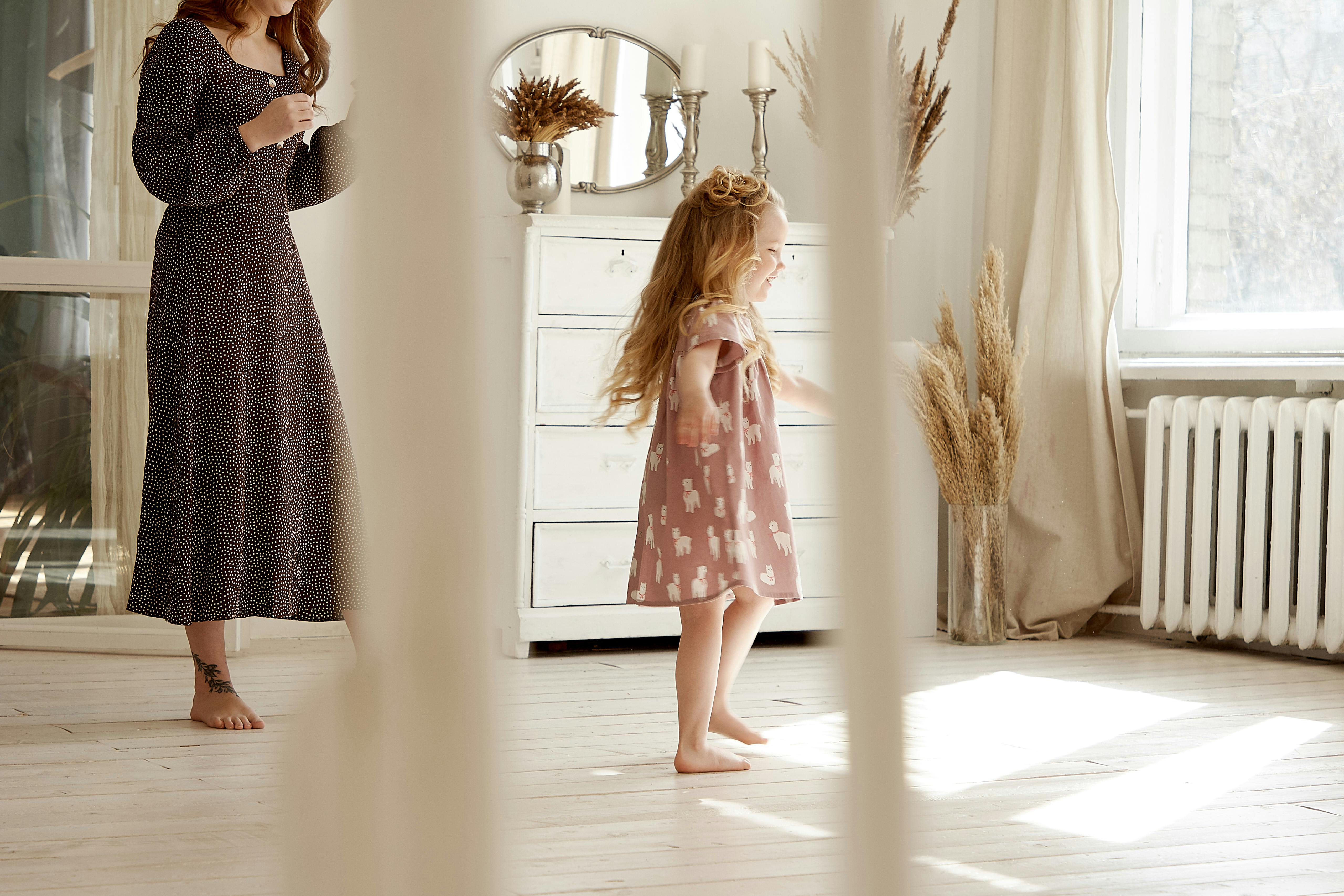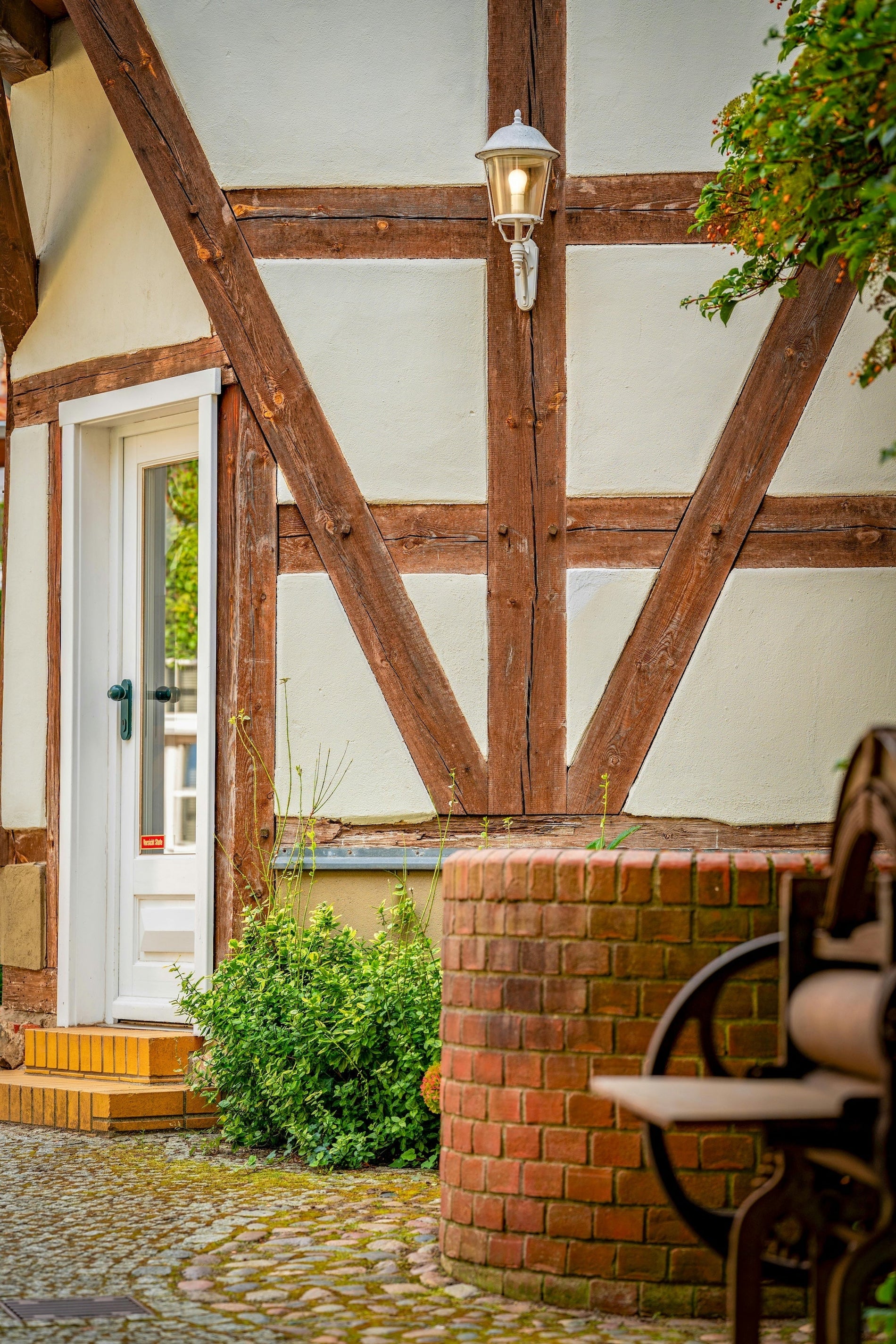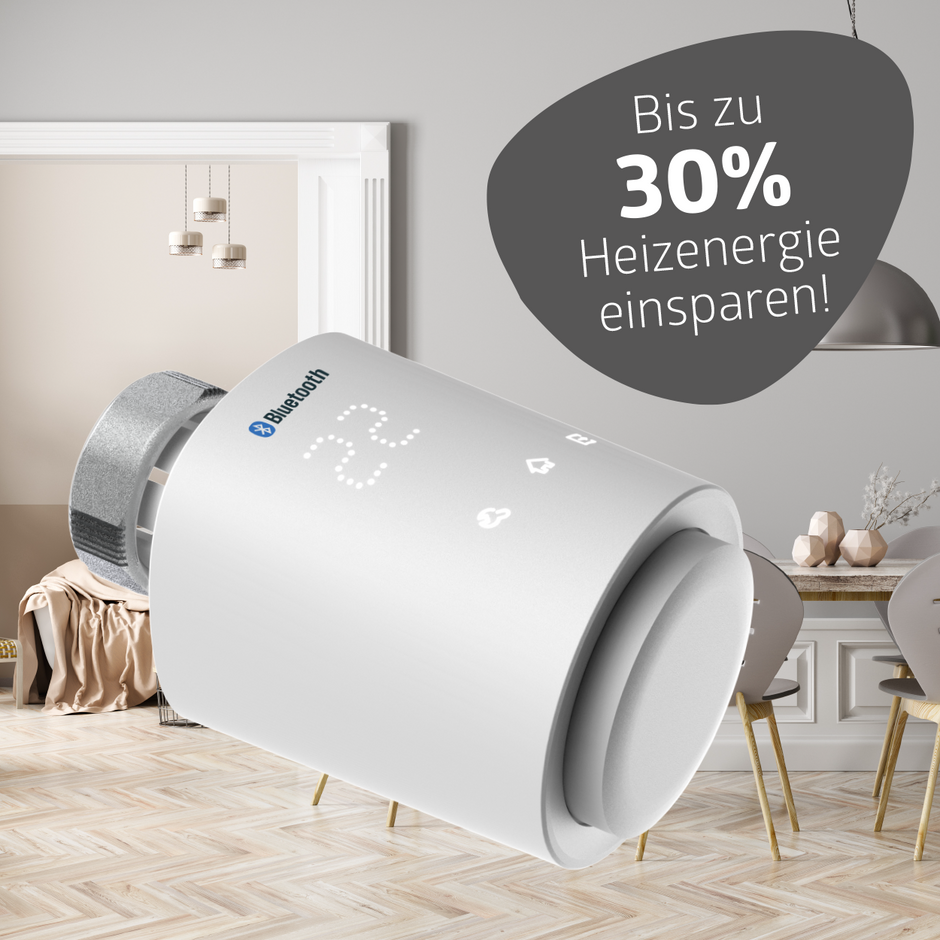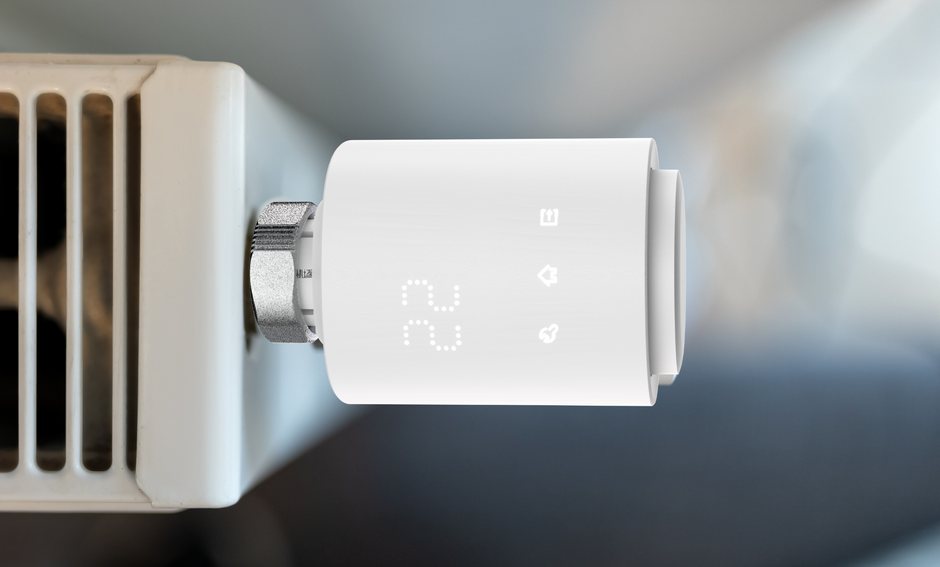When it comes to retrofitting smart home technology in an older building, experts agree: Purchasing a wired system only makes sense if you're still in the middle of renovating and want to modernize the entire electrical installation at the same time. If that's not the case, a wireless system is the better solution. As always, however, there are exceptions to the rule. We'll explain what you should definitely consider before purchasing a wireless smart home system.
Why is a smart home system useful in an old building?
When you think of an old building, you immediately think of beautiful facades and stucco decorations, spacious room layouts, and high ceilings. However, those who live in an unrenovated old building quickly experience the downside: Outdated building services, drafty windows, and poorly insulated walls cause energy costs to skyrocket. Even after energy-efficient renovations, heating costs remain a significant expense – a side effect of the impressive ceiling heights. Added to this is the fear of mold, especially in basements and windowless bathrooms.
Thus, the old building is crying out for the installation of smart home technology:
- With smart heating thermostats, you can significantly reduce your heating costs, thus protecting the climate and at the same time increasing the value of your property.
- Smart temperature and humidity sensors, which can be connected to a dehumidifier, ensure a pleasant, mold-free indoor climate. If the room air is too humid, the dehumidifier is automatically activated.
- In older buildings with high-quality parquet and floorboards, it also makes sense to install a smart water sensor that sends an alarm when water leaks (e.g. from the washing machine or dishwasher), which automatically ends up as a message on your smartphone.
- In addition, the Smart Home System functions as an alarm system – particularly useful for outdated doors and windows that are easy for burglars to overcome.
- You can also pimp your smart home system for maximum living comfort, for example, with extra components for automatic lighting control or smart speakers.
Why is wireless more practical than cable?
Wireless smart home technology has a clear advantage over wired systems: No new cables need to be laid for installation, and therefore no walls need to be opened up. This saves enormous amounts of time and money. The initial cost of a well-equipped wireless smart home system is approximately ten euros per square meter of living space. This includes the control unit, window contacts, radiator thermostats, smoke detectors, alarm sirens, water detectors, and lighting control. A wired solution will cost many times that amount.
Another advantage of the wireless solution: You can install and commission the components of your wireless system, including the control center, yourself – without the support of a specialist company.
A battery-operated contact of the smart alarm system can be quickly attached to the window, as well as the Heating “smartified” in no time at all. The lighting into the smart home system. A smartphone app guides you through the installation process. You see: The whole thing is really child's play and done in no time. In principle. But now we come to the few exceptions, where the pitfalls lie in the details.
Is the range of the smart radio system sufficient for your application?
Range is always the Achilles' heel of wireless smart home systems. You may be familiar with this from your Wi-Fi network: The further you move away from the Wi-Fi router, the worse the reception becomes. The same applies to radio-based smart home systems. The smart components can only communicate with the smart home control center over a certain distance. If this distance is exceeded, the control system no longer functions reliably.
Our tip: Are you already considering a particular product? Then check out what the manufacturer says about range. This information is hidden behind the term "typical wireless free-field range." With the Smart Home Central from wesmartify, the Access Point, the typical wireless free field range is 400 meters, for example.
Walls reduce the range of radio-based smart home systems
However, the typical wireless free-field range is not enough to ensure that the wireless-based smart home system covers the desired area in your apartment or house. This is where the walls and ceilings come into play: The masonry "swallows" the wireless transmission. Wikipedia These effects are described very nicely:
"Each wall represents a significant reduction in range. With multiple walls, this effect multiplies, so that if, for example, one wall attenuates the signal by 75%, the free-field range of 100 meters with two walls becomes just over 6 meters (100 m × 0.25 × 0.25)."
This means that the more walls the radio waves have to overcome, and the thicker the walls, the shorter the range. Metal in walls and ceilings also reduces the range.
Another important thing to know: not all radio systems are created equal, as the systems on the market use different wavelengths. If the system operates on the 868 MHz frequency, for example, the waves can penetrate walls and ceilings more easily than with the short-wave 2.4 GHz band. To further minimize the susceptibility to errors in radio data transmission, some smart home systems also have double security via the so-called Bidirectional Communication Standard (BidCoS): Here, the radio receiver confirms that it has actually received the transmitted radio signal – the transmission of the radio signal is automatically repeated until confirmation is received.
The higher the frequency, the shorter the wavelength and the more information is absorbed by obstacles such as walls.
Our tip: Before purchasing, carefully consider which rooms you want to "smartify" in the future and – if applicable – whether outdoor areas such as the terrace, the (front) garden, the backyard, or the garage are included. The latter is especially important because older buildings have solid masonry. This careful planning may seem a bit annoying at first, but it is crucial for the smooth operation of your wireless smart home system. Only once you know which area you want to make smart can you calculate whether the range of the control center is sufficient for your planned smart home installation – or whether wireless amplifiers may need to be integrated.
Everything too complicated?
Now your head is spinning? Are you unsure whether a wireless system is really suitable for your old apartment? And you don't feel like putting a lot of brainpower into planning your smart home system? Then just skip the planning and Googling and get free support from a specialist. For those who don't want to deal with technical confusion, wesmartify has introduced free on-site consultations – with no obligation to purchase, of course. If you'd rather have a one-on-one conversation, you can make an appointment with a smart home consultant either by phone or by submitting your inquiry via the contact form. on our website.
Secure your funding!
Did you know? The KfW banking group supports "intelligent construction projects and retrofit systems that ensure safety, living comfort, and energy efficiency – as part of an age-appropriate conversion or as an additional measure in an energy-efficient renovation." Check out your options at www.kfw.de




























